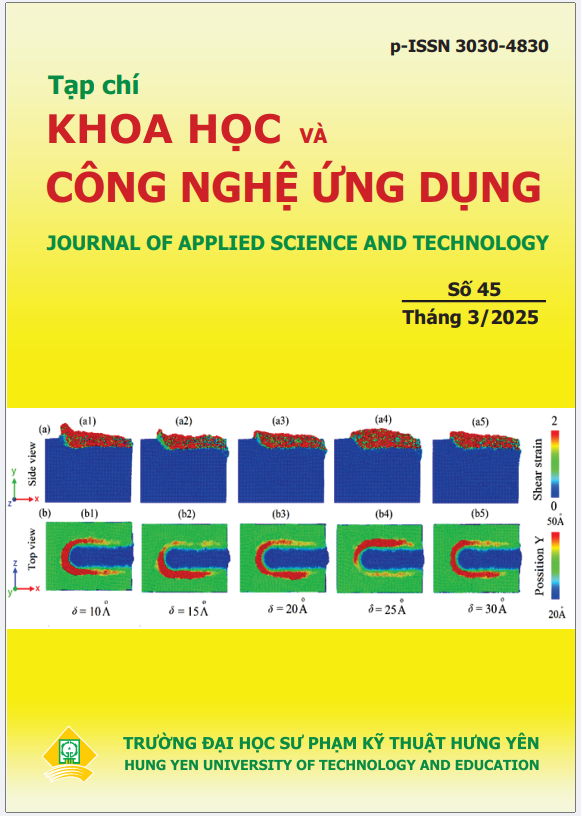SIMULATION STUDY OF ELECTRONIC FUEL INJECTION MOTORCYCLE ENGINE USING E0, E30, AND E50 FUELS
Abstract
Nowaday, Vietnam has approved a plan to use biofuel with a high ethanol blend as fuel for vehicles. Since ethanol has different properties from regular gasoline, biofuel with a high ethanol content will affect engine performance. To increase the use of ethanol, research is needed to study the impact of biofuel with more than 10% ethanol. This paper presents a study on the performance of a Honda Lead 110 motorcycle engine with electronic fuel injection (FI) using E0 (RON 92 gasoline), E30 (70% RON 92 gasoline - 30% ethanol), and E50 (50% RON 92 gasoline - 50% ethanol). The engine was simulated using AVL Boost software and calibrated with test results from a test bench using E0 fuel. The study evaluates engine performance in two cases: keeping the original settings and adjusting the fuel injection and ignition timing.
References
Quyết định số 876/QĐ-TTg của Thủ tướng Chính phủ Phê duyệt Chương trình hành động về chuyển đổi năng lượng xanh, giảm phát thải khí các-bon và khí mê-tan của ngành giao thông vận tải.
Chỉ thị 16/CT-BCT ngày 26/12/2024 của Bộ Công Thương ban hành về đẩy mạnh thực hiện các giải pháp thúc đẩy tiêu thụ nhiên liệu sinh học tại Việt Nam.
Lê Anh Tuấn, Nghiên cứu khả năng tương thích của động cơ nổ thế hệ cũ sử dụng xăng sinh học có tỷ lệ Etanol E100 lớn hơn 5%, 2012.
Bùi Võ Nghiên, Nghiên cứu sử dụng xăng sinh học E10 trên xe gắn máy, Luận văn Thạc sỹ, 2012.
AVL Boost Theory, version 2011.
John B. Heywood, Intermal Combustion Engine Fundamentals. McGraw-Hill Book Company, 1988.
Woschni, G., “A Universally Applicable Equation for the Instantaneous Heat Transfer Coefficient in Internal Combustion Engines”, SAE, 1967, 670931.
Pattas K., Häfner G., “Stickoxidbildung bei der ottomotorischen Verbrennung”. MTZ, 1973, Nr. 12, pp. 397-404.

